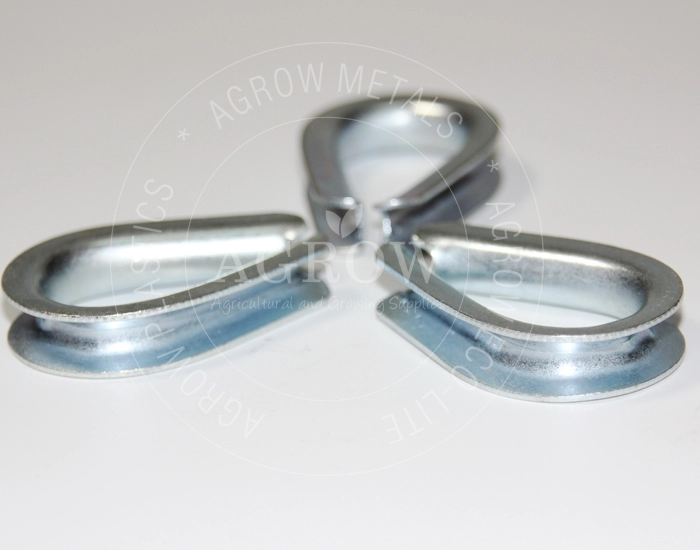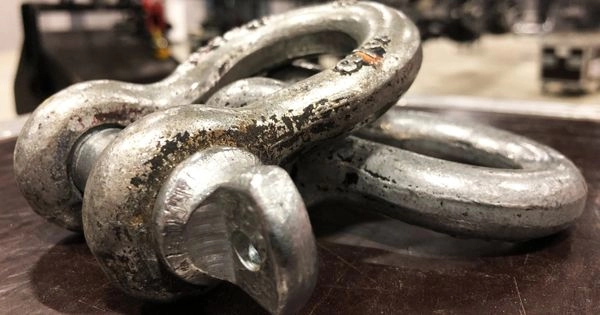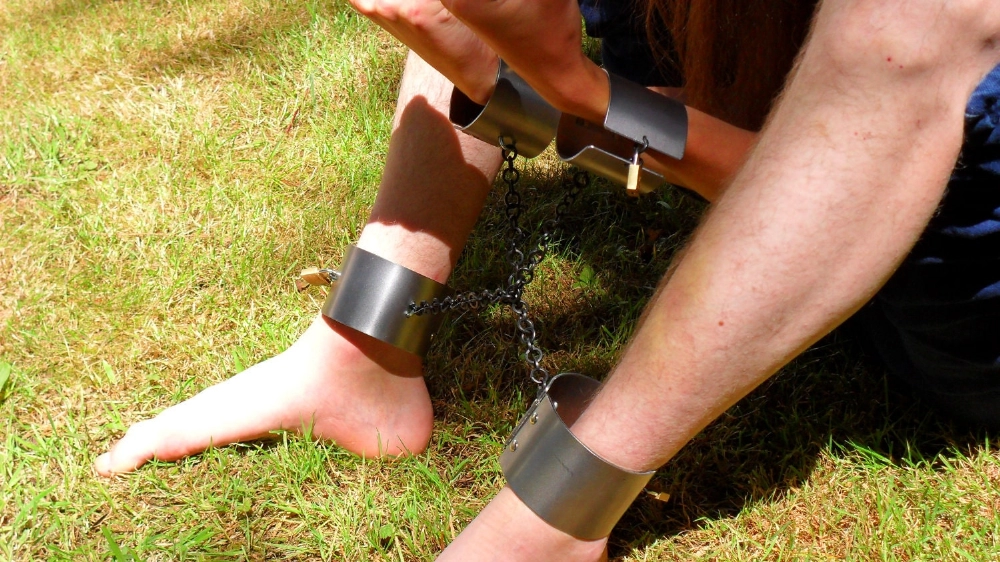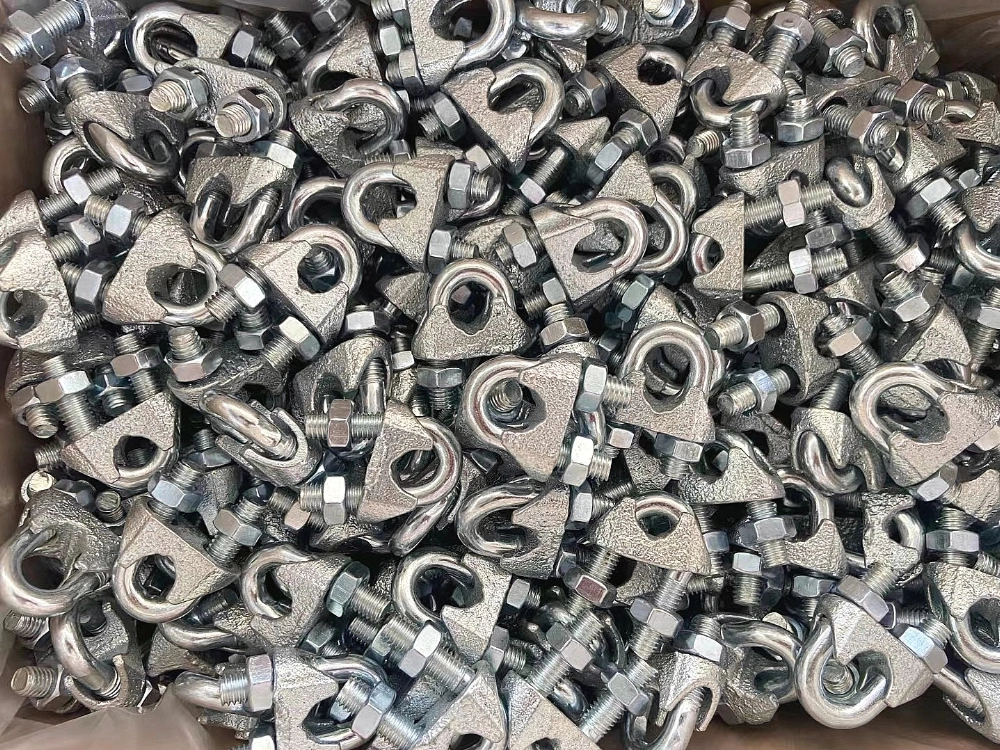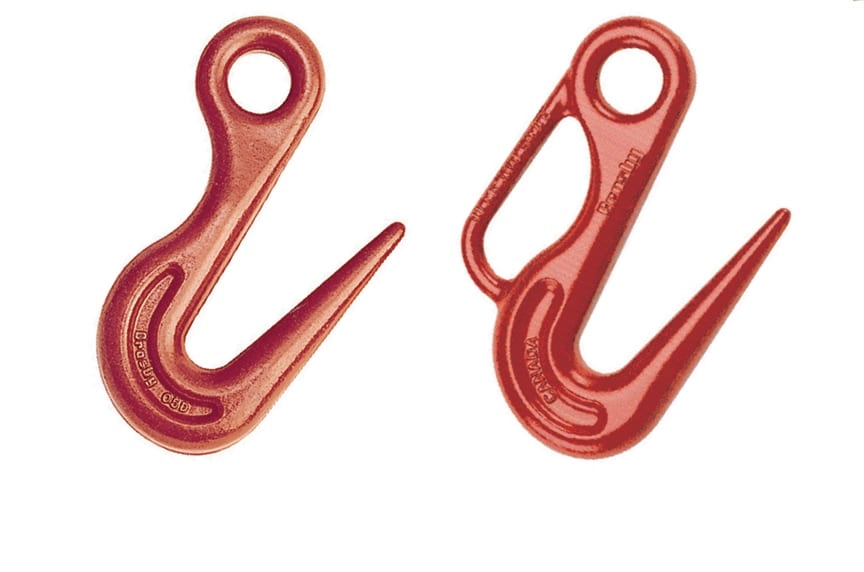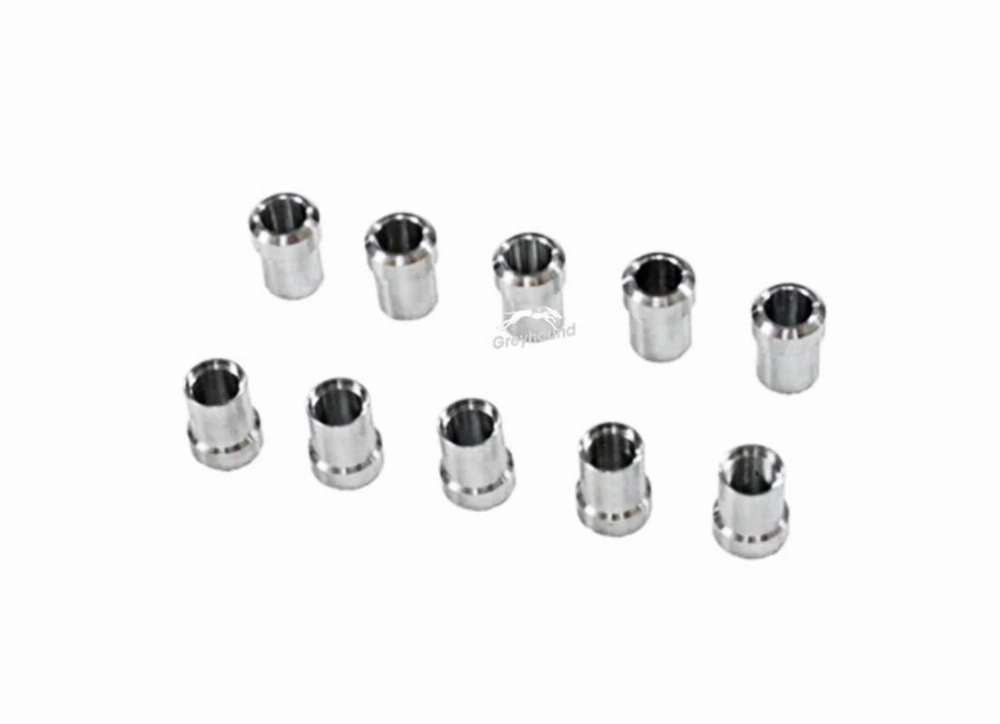Need help? Write to us info@hqlifting.com
- Charging Accessories
- Lifting accessories
- Steel Cable
- Beam cart
- Turnstile for load securing
- Load Ratchet Strap
- Lifting current
- Chain for Load Lifting
- Lifting equipment
- Slings
- Steel Cable Tensioner
- Polyester slingshot
- Load binders
- STEEL HOOK
- Steel Cable Clamp
- Electric winch
- Permanent magnets
- Steel Cable Clamp
- moitão
- Carabiners
- Screw With Eyelet
- Lifting Clamp
- Talha Manual
- Uncategorized
Call our consultants or chat online
+86 151 4514 5178
Practical Guide: How to Measure Clamps for Steel Cables
Measuring clamps for steel cable accurately is essential. This ensures safety in industries and construction. This guide shows how to do this following technical standards, such as ABNT/NBR. This ensures that the clamp is compatible with the cable diameter.
An inaccurate measurement can cause serious problems. It can compromise the structure and lead to critical failures.
This guide covers everything from basic calculations to load checks. Professionals and technical buyers will find the technical specifications here. They will learn how to avoid risks, ensuring that the clamp for steel cable meet operational needs.
Main Points
- ✅ To measure clamps for steel cable, it is necessary to follow specific standards.
- ✅ The size of the clamp must be determined by the diameter of the cable.
- ✅ Measurement errors can cause failures in lifting systems.
- ✅ ABNT/NBR 12,345 standards establish mandatory technical specifications.
- ✅ Certifications such as ISO 9001 guarantee the quality of wire rope clips.
What are cable clamps for steel cables and their importance
Clamps for steel cables are very important in lifting systems. They help keep loads secure in industrial operations. Their design helps prevent slipping and failures, being essential for the integrity of cables and safety accessories. Learn more about them and their applications.
Function of clamps in the safety of systems with steel cables
The clamps act as clip clamp for steel cable, distributing the voltage. They ensure mechanical rigidity. They are crucial in systems with loads up to 3/8″.
For heavy loads, as not clamp for 3/8 steel cable, technical specifications are required. Safety depends on:
- Firm fixation on different diameters, such as the heavy clamp for 3/8 steel cable.
- Tensile strength and compliance with standards, such as ABNT NBR 10811.
Components of a clamp for steel cable
The clamps have several technical components:
- Base U-shaped: made of carbon steel.
- Adjustable screw and nut: allow adjusting the pressure on the cable.
- Cable clamp clip: varies according to the diameter (for example, 3/8″).
Difference between light and heavy staples
| Feature | Light Clamp | Heavy Clamp |
|---|---|---|
| Maximum Load | Up to 5 t | Up to 20 t |
| Application | Construction (ex: light clamp for steel cable) | Mining and port operations (e.g.: heavy clamp for 3/8 steel cable) |
| Material | Galvanized steel | Stainless steel or reinforced composite |
Choose between clamp for 3/8 steel cable Light or heavy depends on the load and design standards.
How to measure clamps for steel cable: basic methods
To ensure safety in lifting systems, it is crucial to know how to measure wire rope clamps. First, use a caliper to find the external diameter of the cable. This equipment is essential for accurate measurements. The clamp must have the same diameter as the wire to avoid problems. ✅
- Measure the cable diameter with a caliper (accuracy of 0.01mm)
- Compare the result with the manufacturers' compatibility tables
- Check the staple color coding: blue for 6mm, red for 8mm, etc.
To know the size of the clamp, it is also important to analyze the maximum load. The technical document ABNT NBR 16208 states that the internal diameter of the clamp must be 1.2 to 1.5 times that of the cable. Errors can reduce the fastening strength by up to 40%. ✅
To take the measurement of clamp for steel cable, observe:
- Markings engraved on the staple body (e.g., "8mm" or "5/16")
- ISO 13942 Certification for Industrial Clamps
- Visual inspection for wear before installation
Companies like the GrampoSeguro SA have comparative tables with dimensions in mm and inches. Measure incorrectly the clamp for steel cable can cause serious failures in lifting systems. Always follow the manufacturer's technical specifications.
Understanding the different gauge sizes of clamps for steel cables
To ensure safety and efficiency in industrial applications, the clamps must strictly match the cable diameter. The gauges define the technical compatibility between the equipment and the load.

Measurements in inches: technical equivalents
Clamps in the imperial system include models such as clamp for 1/8 steel cable, clamp for 3/16 steel cable, clamp for 1/4 steel cable and even the robust clamp for 1 inch steel cable. Check the equivalencies:
- 1/8″ ≈ 3mm (clamp for 1/8 steel cable)
- 3/16″ ≈ 5mm (clamp for 3/16 steel cable)
- 1/4″ ≈ 6mm (clamp for 1/4 steel cable)
- 5/16″ ≈ 8mm (clamp for 5/16 steel cable)
- 5/8″ ≈ 16mm (wire rope clip 5/8)
Measurements in millimeters: metric precision
Metric clamps like clamp for 4mm steel cable e clamp for 8mm steel cable follow ABNT standards. The main gauges are: 4mm, 6mm, 8mm, 10mm, and 13mm. For technical calculations, use certified compatibility tables.
Relationship between cable diameter and clamp size
✅ Fundamental rule: The diameter of the clamp must match exactly that of the cable. Selection errors cause structural failures. For 5/8″ cables (wire rope clip 5/8) or larger, check the maximum load capacity.
“The NBR 16225 standard defines technical criteria for clamps with diameters ≥ 5/16″, requiring tensile tests before installation.”
Professionals must prioritize certified clamps such as clamp for 3/4 steel cable for loads up to 15 tons. Questions? Check our technical specifications table in PDF.
Types of clamps for steel cable available on the market
Os clamps for fastening steel cable have different uses. See the main certified models:

- ✅ Clamp clips for steel cableThey are made of carbon steel. There are light and heavy versions.
- ✅ Clips clamp press for steel cable: They use mechanical compression. They are perfect for durable fastenings in heavy-duty locations.
- ✅ Flat clamp for steel cable: Perfect for tight spaces. Supports diameters from 4 to 13mm.
- ✅ Clips clamp for 13mm steel cable: Made for 13mm cables. They have NBR 16226 certification.
| Type | Material | Application | Certification |
|---|---|---|---|
| Clips clamp for steel cable | Galvanized carbon steel | Industrial and civil construction | NBR 16226 and ISO 4130 |
| Flat clamp for steel cable | 304 stainless steel | Nautical and corrosive applications | DNV-OS-C201 |
| Clips clamp press | Heat-treated alloy steel | Lifting of critical loads | ABNT NBR 16226 |
For clips clamp for steel cable on the serrano, check the tensile strength. Also the compatible diameter. The flat clamp for steel cable requires precise adjustment. In corrosive locations, prefer stainless steel or bicromated.
For 13mm cables, check the safety factor (SF ≥ 5:1). This is important according to ABNT standards.
Do not buy products without CE marking or registration with INMETRO. A company X sell clamp clips press for steel cable with a 10-year warranty. For questions, contact our specialized fastener security support.
How to choose the right clamp for your steel cable
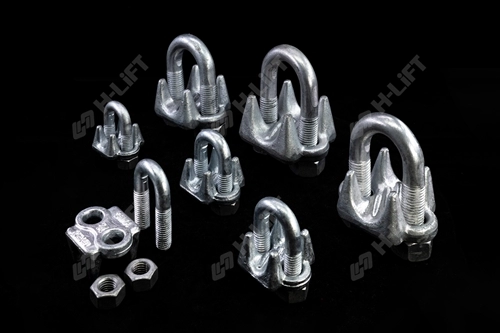
✅ Choose the clamp for steel cable requires technical attention. It is essential to follow specific criteria for safety and compliance. Always check the table and the catalog.
Determining factors in choosing the correct clamp
- Cable diameter: use a micrometer for accuracy;
- Workload: check the workload of clamps for steel cables in NBR 16.220;
- Application: for dynamic lifting, the clamps must have a safety factor ≥5:1;
- Environment: in corrosive locations, prefer stainless steel clamp for 1 8 cable or similar;
Calculating the workload supported by the clamps
For safety, apply the formula:
Clamp capacity = (Cable breaking load ÷ 5) × Connection efficiency
| Cable diameter (mm) | Recommended clamp | Maximum Load (ton) |
|---|---|---|
| 4mm | 1/8″ | 0,3 |
| 6mm | 3/16″ | 0,6 |
| 8mm | 1/4″ | 1,2 |
| 10mm | 5/16″ | 2,0 |
| 13mm | 3/8″ | 3,5 |
Source: 2024 Steel Cable Clamp Catalog
Compatibility between clamp and steel cable
- Avoid galvanic corrosion: use stainless steel clamp for 1 8 cable with stainless steel cables;
- The clamp material must be more resistant than that of the cable;
- Check the catalog steel cable clamp for approved combinations.
Choosing the wrong clamp can reduce the system's lifespan by up to 70%. It is crucial to choose the right clamp for steel cable based on the technical tables.
Technical standards for steel wire rope clamps
✅ Safety at work depends a lot on the technical standards for steel cable clamps. In the United States, as standard for steel cable clamps They follow the ABNT guidelines. This ensures that they meet international standards.
ABNT Standards for steel wire rope clamps
As abnt clamps for steel cable defines important criteria:
- NBR 13541: Specifies how they should be done and what they should measure.
- NBR 13542: Shows the methods of steel cable clamp tests which are mandatory.
- NCM 7326.90.90: It is the tax code for ncm clamp for steel cable.
| NBR | Application |
|---|---|
| NBR 13545 | Ensures proper fastening during cargo movement |
| ABNT NBR ISO 3108 | Check the minimum breaking load |
Specific NBR standards for steel cable fastening
A abnt clamps for steel cable correct fastening requires:
- The diameter of the clamp must be greater than or equal to 1.5 times that of the cable.
- A base U must be on the unloaded side.
- It is necessary to use a torque wrench to check the tightening torque.
Necessary tests and certifications
To ensure that the staples meet the standards, the following are done:
- Static load test, which is 125% of the nominal load.
- Corrosion resistance testing in salt immersion.
- The clamps must have ISO 9001 certification for manufacturing.
To see practical examples, see steel cable clamp tests youtube in technical channels.
Following these guidelines ensures legal compliance and prevents structural issues. It is essential to have test documentation to issue technical certificates.
Correct installation of clamps for steel cable
✅ How to attach a clamp to secure a steel cable requires technical attention. First, clean the cable with a lubricated cloth to remove dirt. Then, place the clamp with the U base to the free end (dead side). This ensures that the saddle is aligned with the load flow.
For steel cable clamp fastener, use torque wrenches. Following the manufacturer's torque, which ranges from 20 to 120 N.m.
- Install the first clamp 15-20 cm from the end of the cable. Adjust the screw to 60% of the final torque.
- Keep placing staples in sequence, maintaining uniform spacing.
- Check the secure fastening with calibrated torque wrench at the end.
Attention: if you reverse the U/saddle position, the efficiency drops to 40% of the nominal capacity. Over-tightening may deform the cable.
In critical situations, such as how to fix the clamps on the steel cable for the scale, use certified clamps. For dynamic loads, use more clamps than recommended. Each clamp must support at least 80% of the nominal load.
Steel cable clamp fastening Error is the 3rd largest cause of failures in lifting systems (ABNT NBR 16.222).1).). Adjust the clamps at a right angle to the cable axis, without overlapping metal components.
Ideal distance and spacing between clamps
For safety and efficiency, the spacing of clamps for steel cable follows technical standards. The minimum length to crimp steel cable varies with the material. See the important specifications:
Minimum recommended spacing between staples
✅Distance between clamp for steel cable is calculated as:6 × cable diameter(measured between centers). More than 10x the cable diameter can cause problems. For example, an 8 mm (1/4") cable needs 48 mm between clamps (8×6).
Number of staples needed according to cable diameter
According to ABNT, the minimum quantity varies with the gauge:
- Cables ≤ 6mm (1/4″): 2 clamps
- 8-13mm (5/16″ to 1/2″): 3 clips
- 14-19mm (9/16″ to 3/4″): 4 clamps
- 22-25mm (7/8″ to 1″): 5 clips
- >25mm: 6+ clips
Correct positioning of the clamps on the steel cable
The first staple must stay adjacent to the terminal connection (heel/slip-on). The other clips must have the distance clamp for steel cable calculated. O minimum length to staple after the last staple is: 6x cable diameter, but at least 10 cm. This prevents deformations or ruptures.
⚠️ Errors in distance between clamp for steel cable can cause problems. Check ISO 12053-1 certifications and NBR 15.020 standards for critical applications.
Common errors in the measurement and installation of clamps
Errors in measuring and installing clamps for steel cable can be serious. They can cause severe failures. It is crucial to follow technical standards to ensure safety.
- Imprecise measurement of dimensions of clamps for steel cables: Not considering the cable diameter variation can reduce the clamp's effectiveness. Use certified micrometers and follow the manufacturer's specifications.
- Component reversal: Mixing the U base with the clamp saddle can reduce the supported load by up to 60%. Check the assembly according to the technical diagrams.
- Improper use of clips vs staples: Clamps are for dynamic loads, while clips are for static fastenings. Confusing the two can compromise the structure.
- Perform pre-installation visual inspections: deformations or corrosion indicate failures in steel cable clamps;
- Adjust tightening torque according to the screw table provided by the manufacturer;
- Respect the minimum spacing between staples, following NBR 12.800-2;
“A difference between clamp and clip for steel cable define its compatibility with cyclic loads. Errors in this choice generate failures clamps for steel cable irreversíveis.” – ABNT
To ensure compliance, use approved measuring tools. Train teams with OSHA or NR-12 certifications. Replace components with wear exceeding 10% immediately.
Maintenance and inspection of clamps for steel cable
Keeping the wire rope clips in good condition is essential for safety. ✅ It is important to follow an inspection schedule. Clamp for stainless steel cable In high-traffic areas, inspections should be conducted monthly. In industrial environments, inspections should be done every three months. For static tie-downs, verification only needs to be done every six months.
- Check the dimensions with certified calipers to detect deformations in light clamp for steel cable or structural parts;
- Look for cracks, corrosion in stainless steel wire rope clamp or excessive wear on the thread fillets;
- Use torque wrenches to measure the residual torque and ensure proper fastening;
- In chemical locations, stainless steel clamps must have a minimum thickness of 0.8mm, according to specification of clamp 1 2 for steel cable.
For technical maintenance, it is important to register the light clamp designation for steel cable in official documents. It is necessary to replace the staple immediately in cases of:
- Loss greater than 10% of the contact area;
- Corrosion that exceeds the limits of NBR 16235;
- Misalignment greater than 2° on the clamp shaft.
“The ABNT NBR 16235 standard establishes that clamps with light clamp designation must be replaced after 5,000 charge cycles.”
Models download 3d steel cable clamp DWG files are available for download. They help integrate the clamps into CAD projects. The DWG files provide information about manufacturing tolerances and how to fasten. It is important to follow an inspection schedule, documenting everything according to the specification of clamp 1 2 for steel cable. Preventive replacement must be done according to the manufacturer's instructions, usually after 5 years or 10,000 operating cycles.
Specific applications and their clamp requirements
Industrial, nautical, and construction applications require special clamps. They have different technical requirements. Each sector has its own safety rules and materials. 🛠️
Industrial Sector: Rigidity for demanding environments
✅ Clamp connector for steel cable in industrial environments must:
- Support a load of at least 5 times the working force (for example, in overhead crane systems)
- Resist constant vibrations (such as on conveyor belts)
- To have materials such as carbon steel or stainless steel for mining (class C5-M)
A tax classification clamp for steel cable (NCM 7326.90.90) helps in industrial projects. This is because clamp clips for steel cable are discounted when it meets certain tax rules.
Nautical Applications: Corrosion Resistance
On vessels, the connector for clamp-type steel cable must:
- Use AISI 316 stainless steel with an electrochemical layer
- Follow DNV-OS-E301 standards for saline environments
A clamp clips for steel cable fastening are discounted in maritime projects. This is when it meets environmental and tax certifications.
Construction: Regulatory Compliance
For civil works, it is important:
- Follow the NBR 6118 standards (concrete structures) and NBR 16200 (metal structures)
- Use clamps clips for 10mm steel cable in temporary shoring systems
- Check if clamp clips for steel cable are discounted in public bids, according to Law 8,666/93
“The choice of clamps should focus on compatibility between load, environment, and specific standards of each sector.”
Conclusion
✅ Measuring clamps for 6mm and 8mm steel cable is essential for the safety of industrial systems. It is important to choose clamps based on the technical data sheets. They show the diameter and load capacity of the clamp.
The 6 00000 clamps for 04mm and 08mm cables require specific wrenches. This ensures the torque is correct. ABNT certified, they are safe to use.
For heavy loads, the catalog of clamps for 1 2 heavy steel cable has certified options. Keeping the clamps in good condition prevents problems. Regular maintenance is crucial.
Professionals should choose manufacturers that provide complete technical data. This includes the chemical composition and strength test results.
✅ Knowing how to use the right tools and follow the standards is essential for safety. Always check the specifications of clamps for industrial, nautical, or construction cables. The choice of the clamp for 8mm steel cable must be done carefully, following the technical parameters.
FAQ
How do you measure the clamp for steel cable?
First, find the internal diameter of the clamp. It should be equal to that of the cable. Use calipers to measure accurately.
What is the difference between light and heavy staples?
Light clamps support less load. Heavy ones, being stronger, are essential in industrial locations.
How to choose the right clamp for the steel cable?
Check the cable diameter and the load it supports. The usage situation is also important. Make sure the clamp and cable match correctly.
What are the technical standards that regulate clamps for steel cables?
In the United States, the standards are NBR 13541 and NBR 13542. They define specifications and test methods. It is crucial to follow these standards.
What is the ideal spacing between clamps when installing on steel cables?
The minimum space between clamps must be 6 times the diameter of the cable. This helps to distribute the tension correctly.
How to avoid mistakes when installing clamps for steel cable?
Follow the manufacturer's instructions carefully. Check the tightening torque. Use the right tools. Perform regular inspections to prevent problems.
What are the methods to measure clamps for steel cable?
Measuring clamps involves checking the internal diameter and load capacity. Confirm compatibility with the cable diameter. Use calipers and gauges for this.
Share:

June Han /founder and designer
The co-founder of Hqlifting, sales director, amateur writer about fitness business

